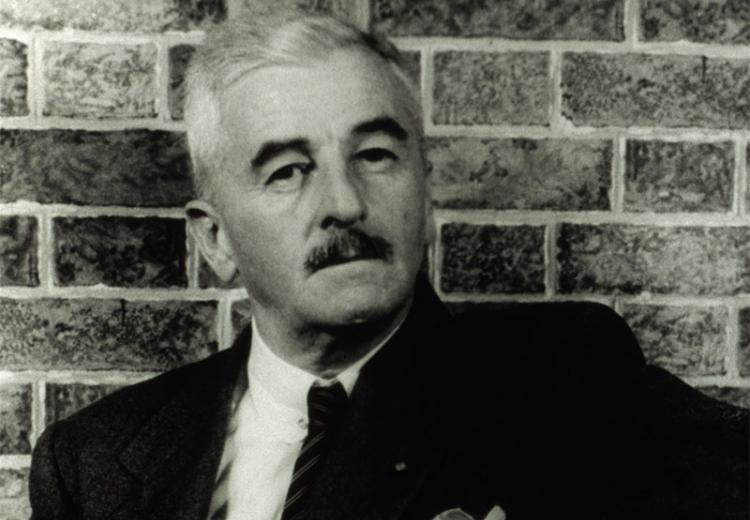Lesson 5: Faulkner's The Sound and the Fury: April Eighth, 1928: Narrating from an 'Ordered Place'?

Portrait of William Faulkner by Carl Van Vechten.
The Sound and the Fury perhaps best gains clarity and meaning in its final chapter, which uniquely is narrated in the third person, omniscient narrative style. The final chapter, often referred to as the "Dilsey chapter" maintains a present, linear narrative that begins to shed light on the events of the preceding three chapters.
Although Benjy frames the novel, it is Dilsey who says in this chapter, "I seed de beginning, en now I sees de endin'." The Dilsey chapter literally brings with it the "endin'" of the "tale told by an idiot" and the "endin'" of the Compson family as it once was (i.e., an aristocratic Southern family). Prompting students to analyze the Dilsey chapter, this lesson helps students to gain an understanding of The Sound and the Fury's far-reaching place within a socially changing South. The very structure of the Old South has given rise to an emerging New South, in which the Compson family—and all the aristocratic Southern families it symbolizes—are left broken without hope of repair.
Guiding Questions
What effect does Faulkner's use of an omniscient third person narrative have on the novel?
What does the narrative's final indication that 'each [is] in its ordered place' suggest about the novel's overall meaning?
Learning Objectives
Describe Faulkner's use of time to structure the plot of "The Sound and the Fury."
Discuss the differences between first and third person narration and its effects on the novel.
